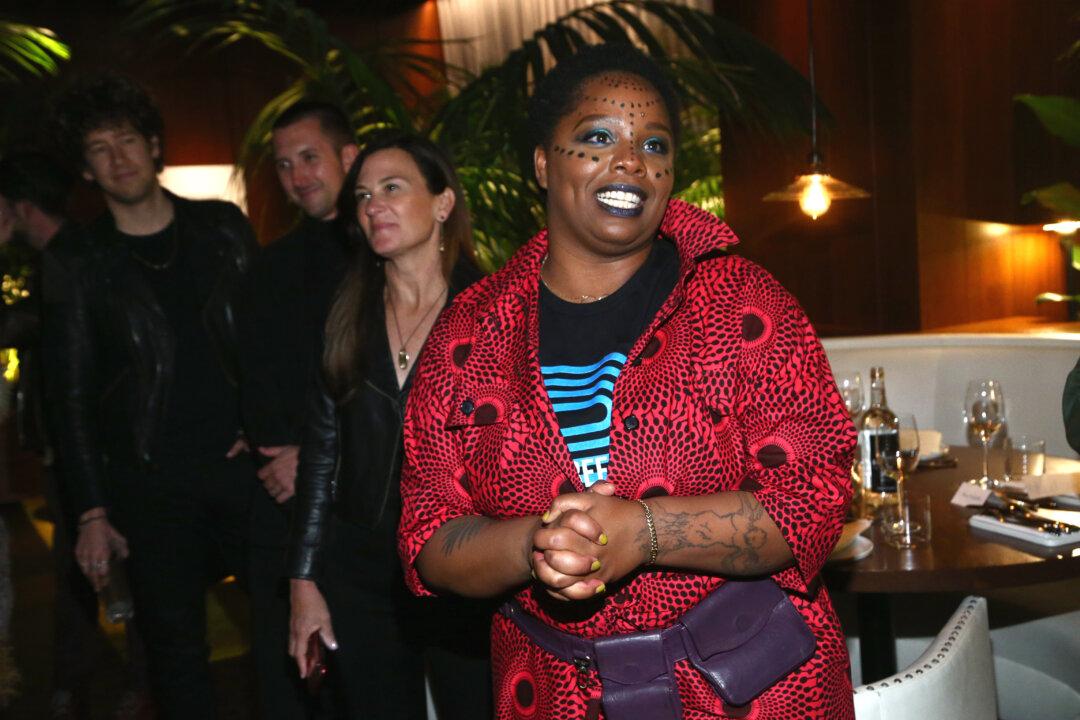Commentary
Over the past few years, Black Lives Matter (BLM) has come to symbolize the fight for racial justice and police accountability.

Over the past few years, Black Lives Matter (BLM) has come to symbolize the fight for racial justice and police accountability.